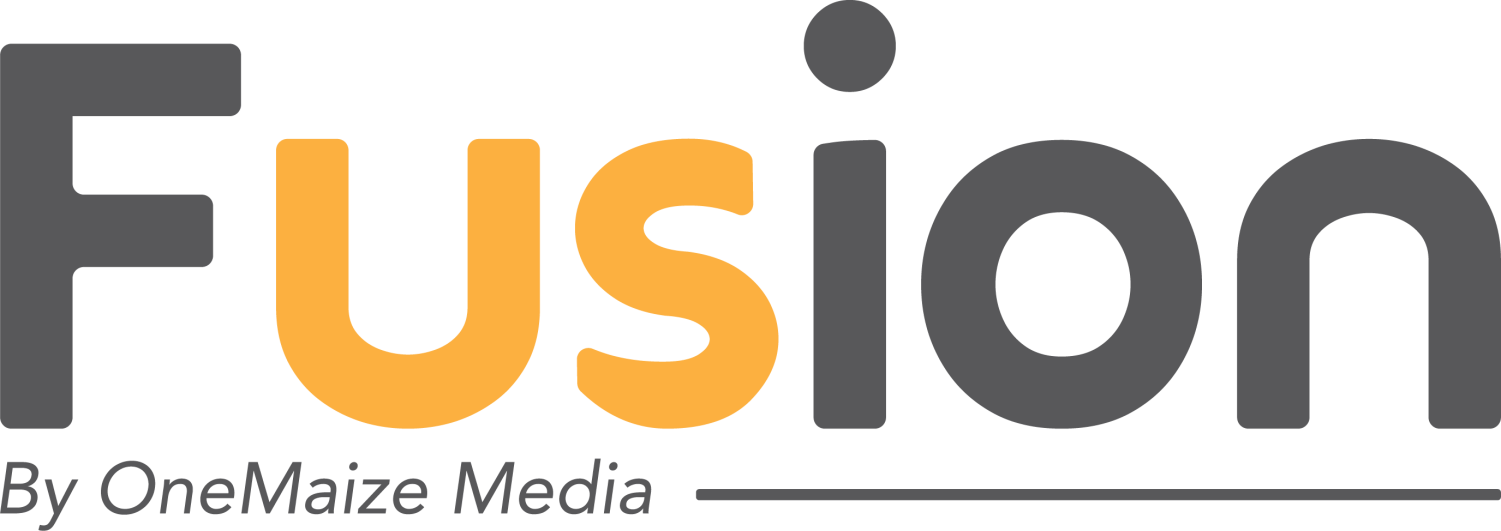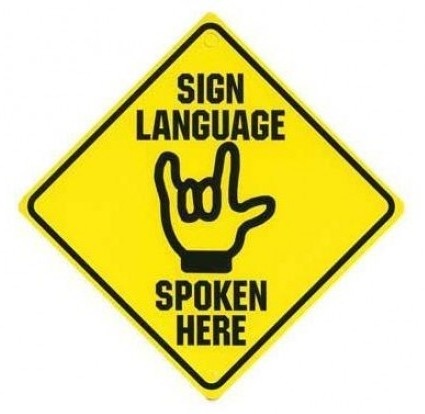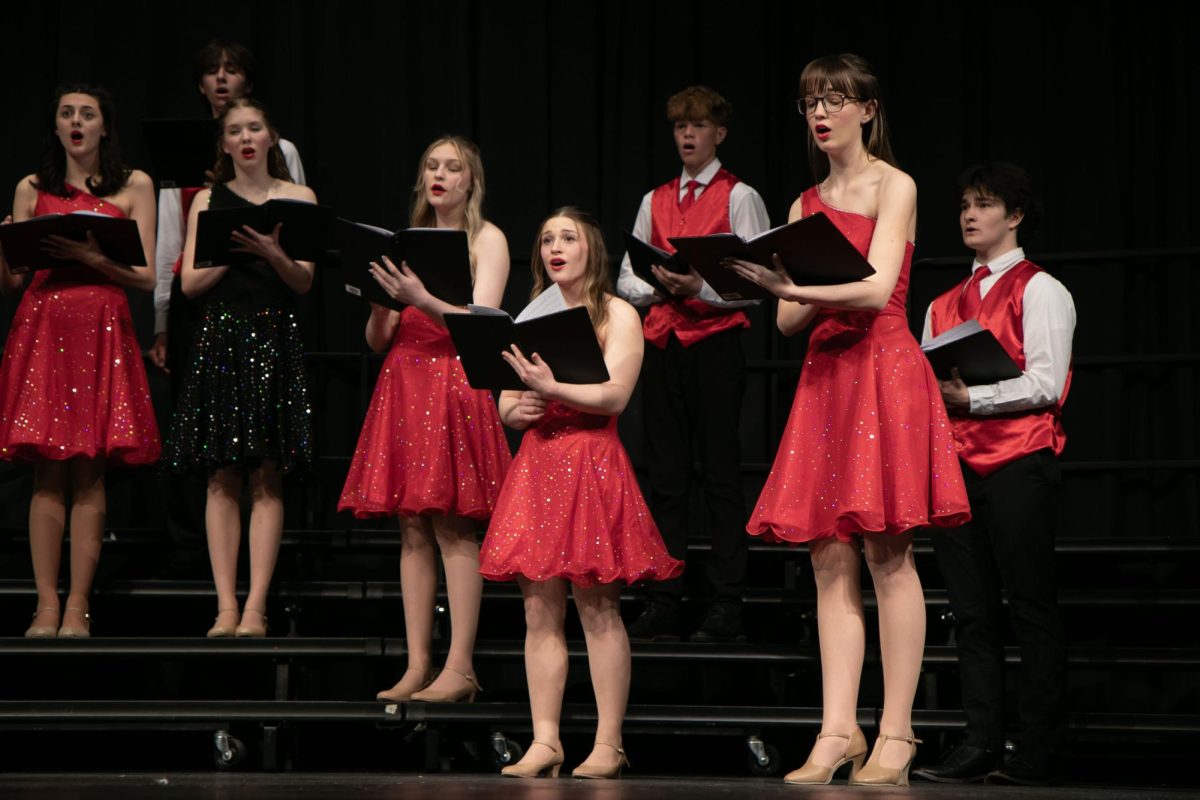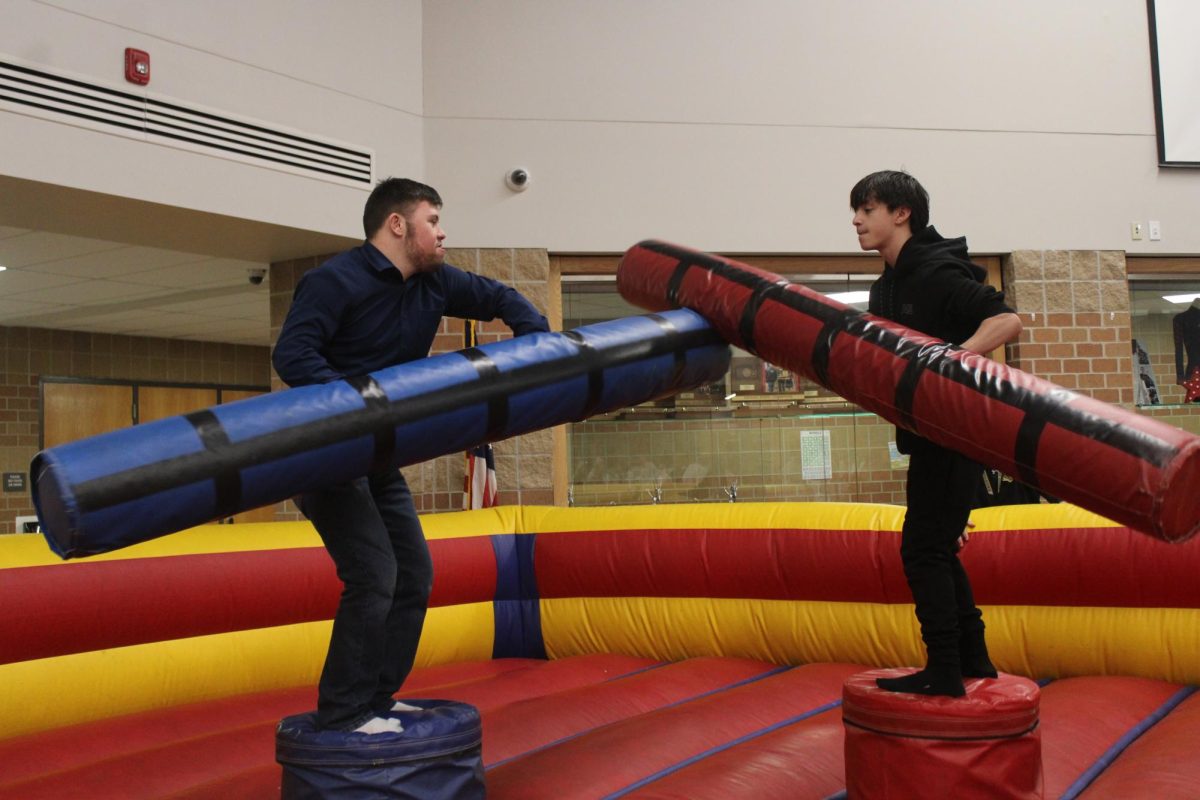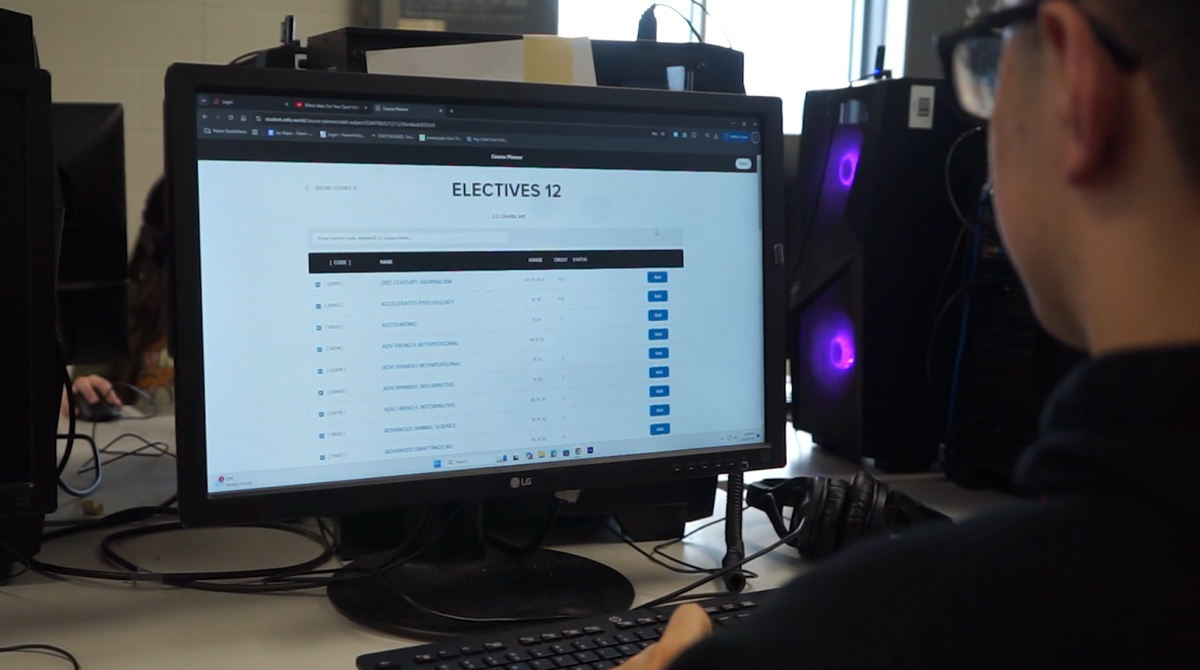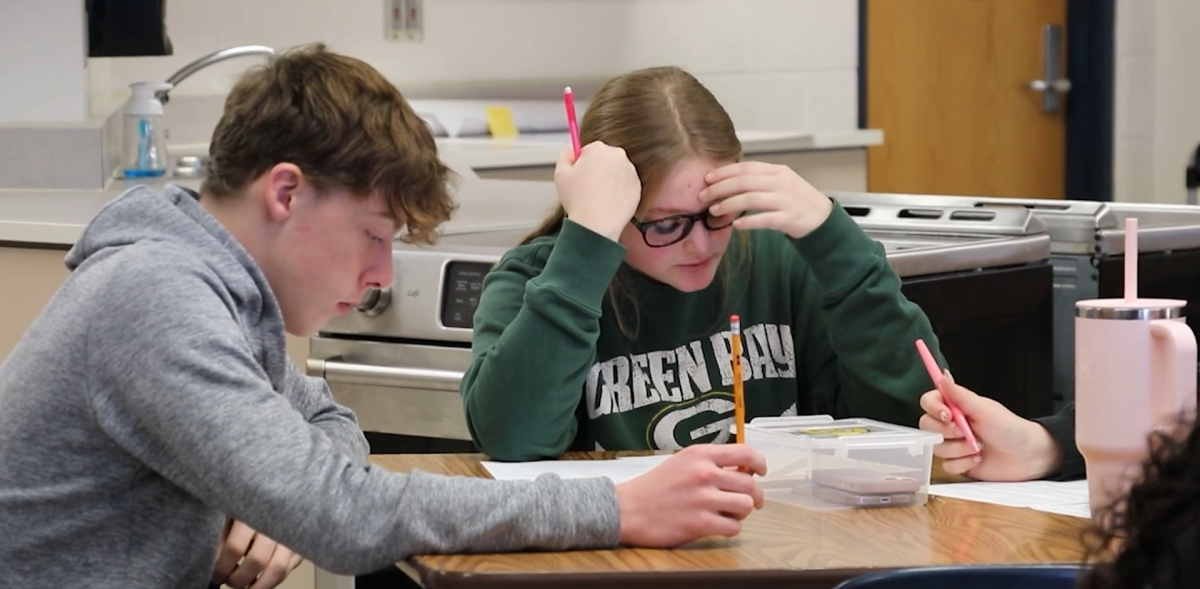BY SYDNEY EPKE & AUBRI HOLLAND
The USD 266 School Board approved the addition of a SEE, (Signing Exact English), to be added as a class provided to students.
Though the most well known form of sign language is ASL, (American Sign Language), there is another called SEE. The different types involve different grammar and vocabulary. For example, ASL uses different grammar than spoken English. SEE uses the same language as in English order, with signs matching up with each word.
“I think it’s important [to learn sign language because we can] get more hearing students familiar with sign language so they feel comfortable with communicating with deaf students and adults,” Tara Ayers, Sign Language Instructor, said.
According to the World Federation of the Deaf, about 70 million people are hearing impaired and use a form of sign language as their first language and according to Gallaudet University, there are approximately one million people in the United States that are functionally deaf.
“Myself and Elisabeth Kindle, who’s the sign language interpreter here in the building, decided together it would be nice to offer the sign class,”Ayers said. “In a lot of schools that we work in, we like to offer sign language classes to the students so they can communicate with other students.”
The SEE class will teach students basic phrases over a span of six weeks. The class is divided by grade level, with upperclassmen in one class, and underclassmen in the other. The Senior and Junior classes began on Sept. 11. The Freshmen and Sophomore classes will begin on Oct. 30.
“[The students will learn] Very basic [sign language]. There’s a lot of common phrases like ‘Hello, my name is’, ‘How are you’, ‘Where do you live’, ‘What do you like to do’ and some others,” Kindle, second instructor of the class, said.
“You never know when you’re going to come across a deaf person and communication is so important for deaf [people],” Ayers said. “It’s nice when someone can communicate with them using their language.”
Many students have other reasoning for joining the class, like wanting to expand their horizons to sign language and to be able to carry conversations with hearing-impaired students.
One student taking the class had a run-in with a hearing-impaired student, causing him to want to learn sign language.
“I accidentally bumped into a student who is deaf and I didn’t know how to say ‘Sorry’, so I wanted to learn how to say it,” Ben Brown, 9, said. “I want to be able to learn sign language and be able to use it throughout my life.”
“[Our goals for the future are to make it that] others can communicate on a basic level with them [deaf students] and want to learn sign language in their future,” Kindle said.
The students partaking in the class are looking forward to gaining a brand new skill, and looking forward to bonds to be made with others.
Credit: The Sign Language Company
